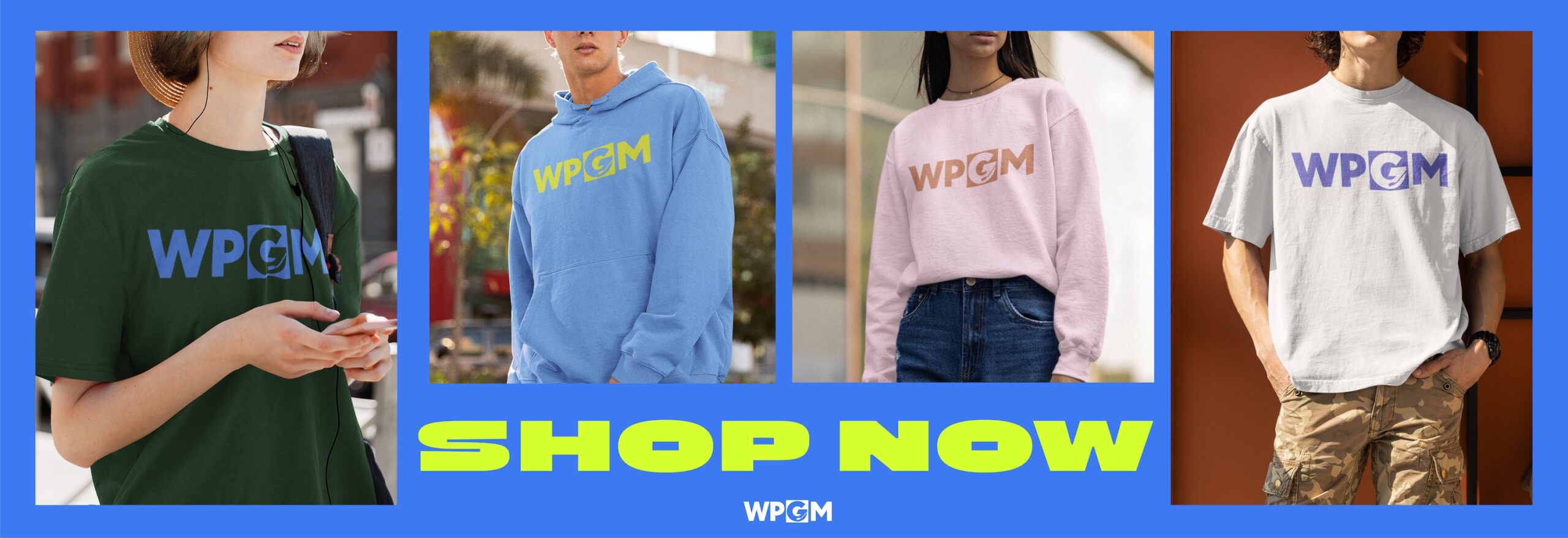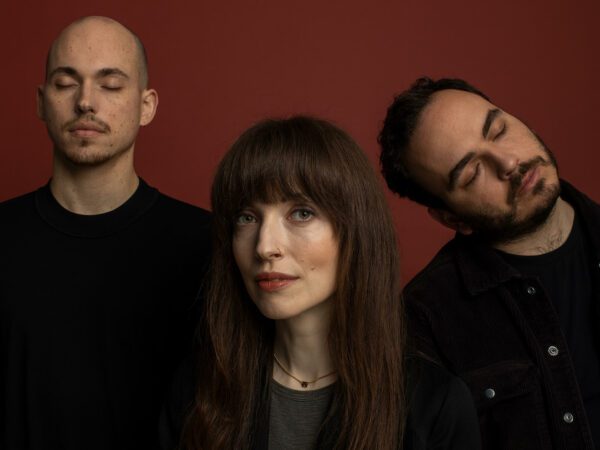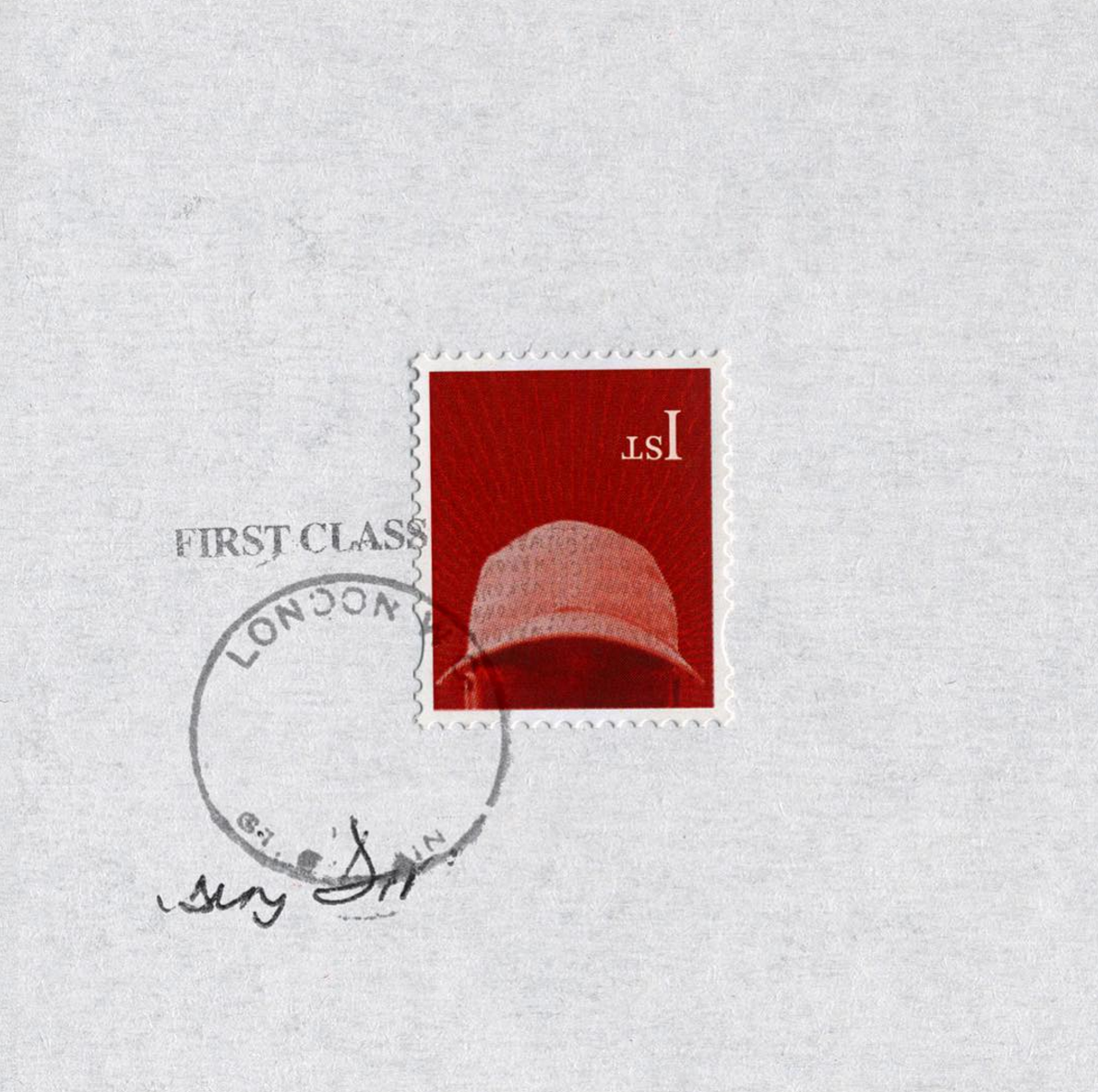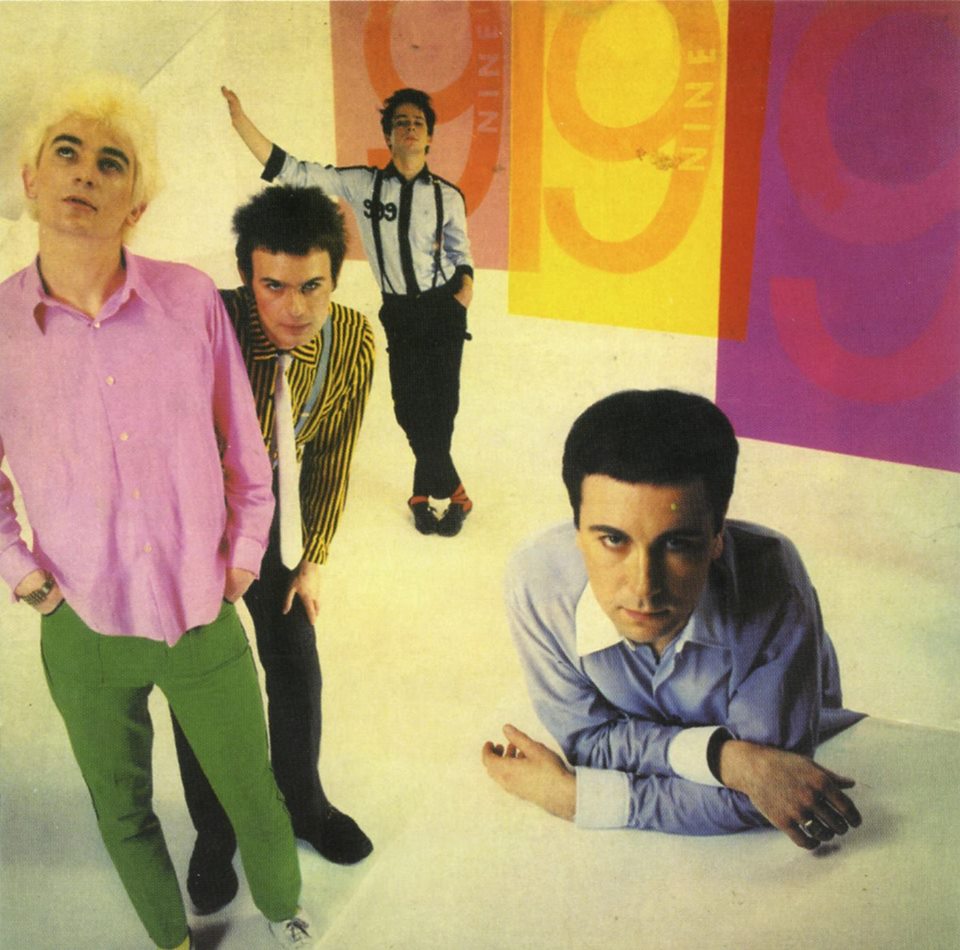
The Doors is the first studio album by band, The Doors. This album, the band have reflected, was very much thanks to regular appearances at Whisky A Go Go and the London Fog nightclubs in West Hollywood, California. There they were able to hone and craft their songs, which the ample practice at these gigs afforded.
This album arguably prolonged and reenergised the genre of psychedelic rock, and is also one of the most acclaimed albums in all of popular music.
Looking back in retrospect, to January 4 of 1967, that album’s matured well in its fifty years. It spawned singles “Break On Through (To The Other Side)” and “Light My Fire”.
Speaking of “Light My Fire”, both it and its parent album were inducted into the Grammy Hall Of Fame. Apparently, its 2007 remaster became The Doors’ most successful studio album in commercial sales. The original album has sold 20 million copies.
In 2012, it was ranked number 42 in Rolling Stone magazine’s 500 greatest albums of all time. In 2015, moreover, the Library of Congress selected The Doors for inclusion in the National Recording Registry based on its “cultural, artistic or historical significance”.
Its album cover’s a curious one, one that seeks to accentuate the importance of Morrison as the frontman. His face dominates the cover, half immersed in light and half immersed in darkness. The side to the right, the dark side, is only illuminated by the presence of the rest of the band.
The latter are, small and almost antlike, seen from the neck down, unlike the face of Morrison. Does this view make listeners more familiar with Morrison than with the band, the people integral to their sound? Regardless, the banner of “THE doors” strapped across the top further implies, with Morrison’s face predominant, that he is The Doors.
You start with “Break On Through (To The Other Side)”, which has jazzy drums before that groovy bluesy riff kicks in. “We chased our pleasures here/Dug our treasures there/But can you still recall, the time we cried/Break on through to the other side” are peculiar lines that nevertheless raise a smile.
Organ then really breaks out, evocative of the times. An era of the Sixties whereby hard rock was the progeny of bands like The Doors and Cream. The end is clattering, impassioned, untamed. Wild with abandon.
You then find yourself in “Soul Kitchen”, which opens with organ akin to a laidback hockey match in Canada. Tree trunk bass, however full in tone, is also quite sedate. Things do get lively, though. Only to drop back down, again.
There’s excellent dynamics, really letting the vocals, and lyrics, of Morrison sink in and permeate within the mind of the listener. A guitar solo is best summed up as some form of restrained passion, though not as stilted as you might hear in any material via The Shadows.
The word epic very much describes “The Crystal Ship”, epic in its own peculiar way. “Before you slip into unconsciousness/I’d like to have another kiss/Another flashing chance at bliss/Another kiss, another kiss”, almost underlines the majesty of the whole track. Again, the vibe is laidback, yet there’s something more epic and profound in its foundation.
The piano and organ are one and mournful, more so during the former’s majestic lead melody moment. Easily one of the band’s uppermost anthems, really standing the test of time and standing tall in the pantheon of excellent songs within popular music.
“Twentieth Century Fox” is an anthem in its own quirky way, a bit throwaway considering its company on the album but memorable, nonetheless. Fat, chugging bass reinforces blues guitar and ever prominent organ.
Then “Alabama Song (Whisky Bar)” (a Bertolt Brecht and Kurt Weill cover) also has a quirky essence, too. It’s kind of creepy, like taking a ride on a haunted carousel that never quite comes to a halt. The basis of the song has a lilt to it, intermittent like reggae guitar.
Big hitter, “Light My Fire”, is arguably the band’s signature song. It has their classic formula of prominent organ, jangly and very atmospheric guitar plus a driving rhythm section. It develops into an extended workout, all these aspects working towards an ensemble of one.
The organ really drives it in the melodic department, before heralding a change, with the guitar, that takes the song in a new direction. The latter shines, jazzy and moody. Service is then resumed after dropping volume, and its ecstatic the feeling you get as the drums syncopate with the aforementioned towards climax. Expertly seamless from climax back to song proper.
Morrison’s a “Back Door Man” (a Willie Dixon cover), and the track’s more bluesy in its construction. Whether the song’s an ode to sodomy, perhaps only Morrison would ever know. Anyway, when the guitar breaks out, it feels a lot less, arguably, studious than established prior.
“You men eat your dinner, eat your pork and beans/I eat more chicken, than any man ever seen” another weird quip by the frontman. As ever, Morrison is imploring, not too far from straight out hollering, screaming and shouting. The secret to the band’s visceral power, one could argue.
Morrison says “I Looked At You”, which has shimmering guitar set against thick, tree trunk bass; bass climbing for attention. It’s quite simple in its construction, but a perfect number to let your, probably long, hair down to.
Then comes the “End Of The Night”, which’s, on the other hand, more thoughtful yet very similar in length. Guitar and piano are dainty and mysterious, before Morrison hammers in with impassionedly loud vocal.
“Take It As It Comes” has a groovy, maybe Spanish flavour to it. The organ is dextrous, the rhythm section tight and guitar suitably sun kissed. The middle section, replete with bass fill, reinforces the swing of something with, perhaps, its heart in the likes of across the border in Mexico.
You end with, yes, “The End”. With that searching guitar, followed by sparse bass and drum, it really rings out. The organ is arguably funereal, but really aids that feel of the profound. The drums then begin to punctuate every breathing moment of the track, not hard and fast but adding suitable ambience.
“All the children are insane/Waiting for the summer rain” is really evocative of being stuck in some sort of environment whereby you feel neither the heat nor the cold. Detachment. The organ washes over you, fleshing out the sparse soundscape only abetted by said, busy drum.
“The blue bus is calling us/Driver, where you taking us?” might have particular significance to those who saw Val Kilmer’s The Doors. “And he came to a door and he looked inside/’Father?’/‘Yes, son?/ ‘I want to kill you’/’Mother? I want to f*ck you’” is, to this day, a shocking proclamation.
This is then countered by the fading instrumental. This, however, builds up, busy and hammering. Emphatically discordant, majestic in its cacophony. “This is the end/Beautiful friend/This is the end/My only friend/The end” really seems to talk to the listener, apt as they prepare for the album’s final breaths.
Over half the tracks on this release are more or less classics, peppered amidst others, indeed, very good. “Break On Through (To The Other Side)”, “The Crystal Ship”, “Light My Fire”, “End Of The Night”, “Take It As It Comes” and “The End” are the most exemplary. Bar the throwaway “Twentieth Century Fox”, the remaining tracks are, largely, worth a further look.
What a debut, especially as a fair chunk of the band’s all-time tracks are concentrated on this first effort. The way they are sequenced is almost artistic in its symmetry. You have the opening of “Break On Through (To The Other Side)”, the midway “Light My Fire” and the closing of “The End” upon initial inspection.
A further look, and you notice the aforementioned selection of excellent tracks come forward three tracks before “Light My Fire”; and three tracks after it, too. These are in the form of “The Crystal Ship” and “End Of The Night”. “Take It As It Comes” prevents total, perfect symmetry, but helps the album, however more weighted towards the second half than first, end with an emphatic bang.
This album demonstrates a line expertly ridden by The Doors between psychedelic rock and the emerging harder sounds arguably courtesy of Cream and Jimi Hendrix. Mixing of light and heavy perfectly complements Morrison’s singing style, whether quiet and poetic or loud and hoarse. The Doors’ The Doors can be bought on iTunes here.
Words by Andrew Watson






This album should be sent to space as witness that humans can create something beautiful, emotional, powerful. Not just trash and ruin things.